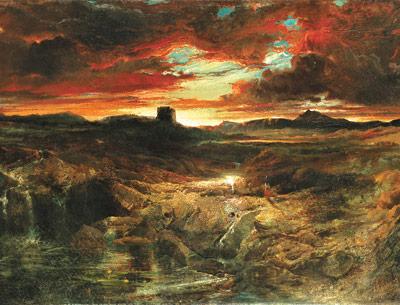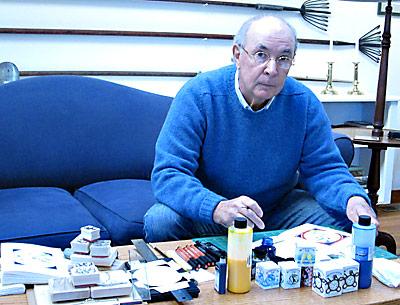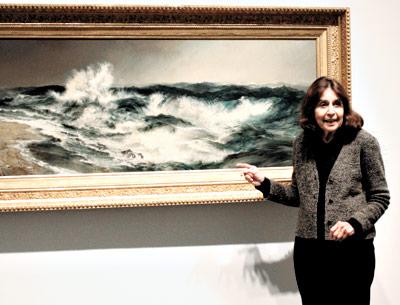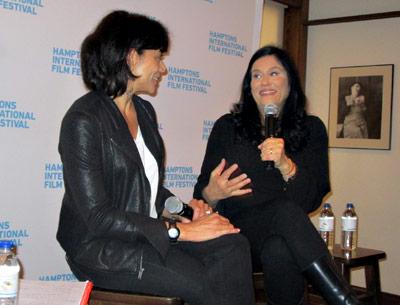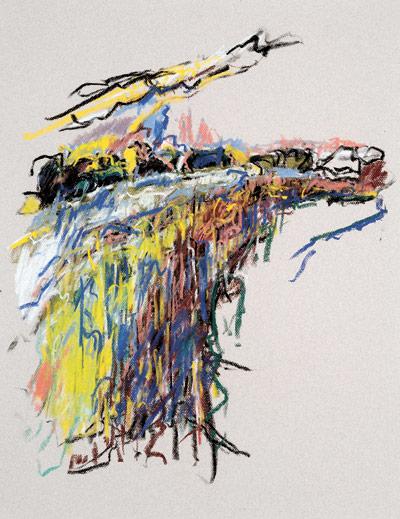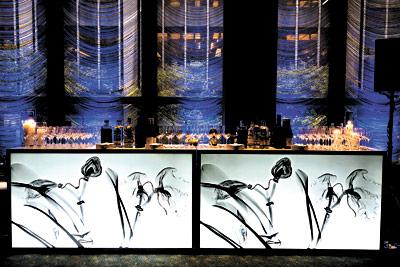Garden Library Opens
Garden Library Opens
The Horticultural Alliance of the Hamptons’ library in the Bridgehampton Community House, which was has been closed for renovations, will celebrate its reopening Saturday from noon to 5 p.m. with a reception for the public and members of the alliance. The library has Long Island’s largest collection of horticultural books, magazines, and videos.
Visitors to the reception can acquaint themselves with the alliance’s year-round programs of lectures, workshops, garden tours, and other events, and network with other East End gardeners. Books from the library’s closeout sale will be given away, gardening films can be viewed, and refreshments will be served throughout the afternoon.

